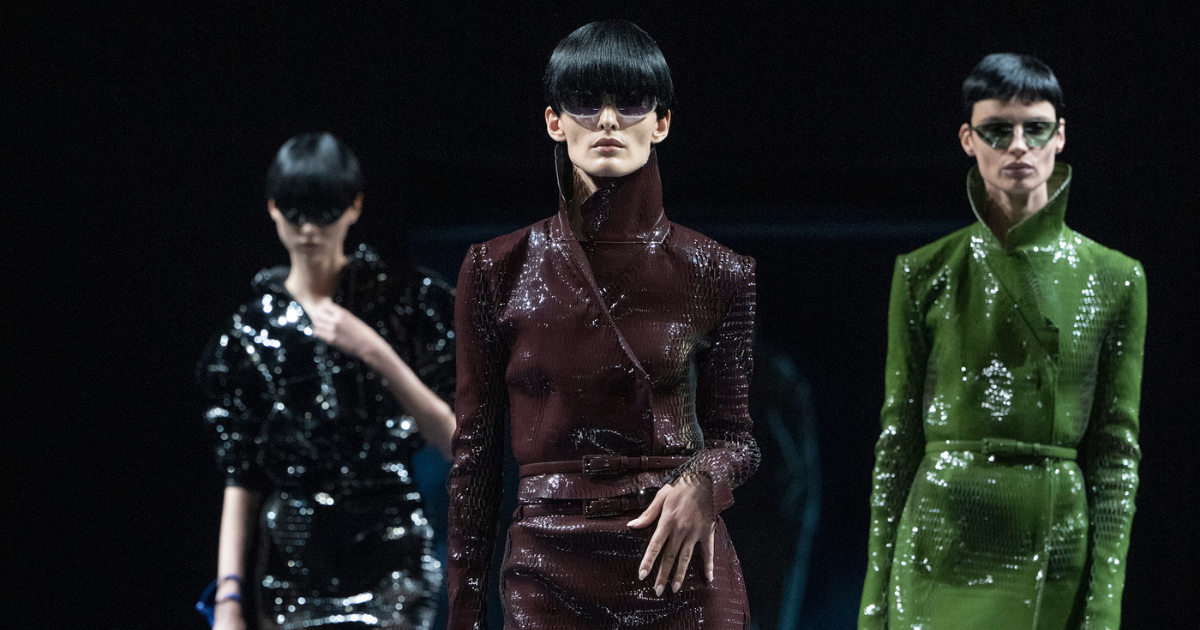Hubert de Givenchy: the aristocrat of elegance
The sculptor of femininity
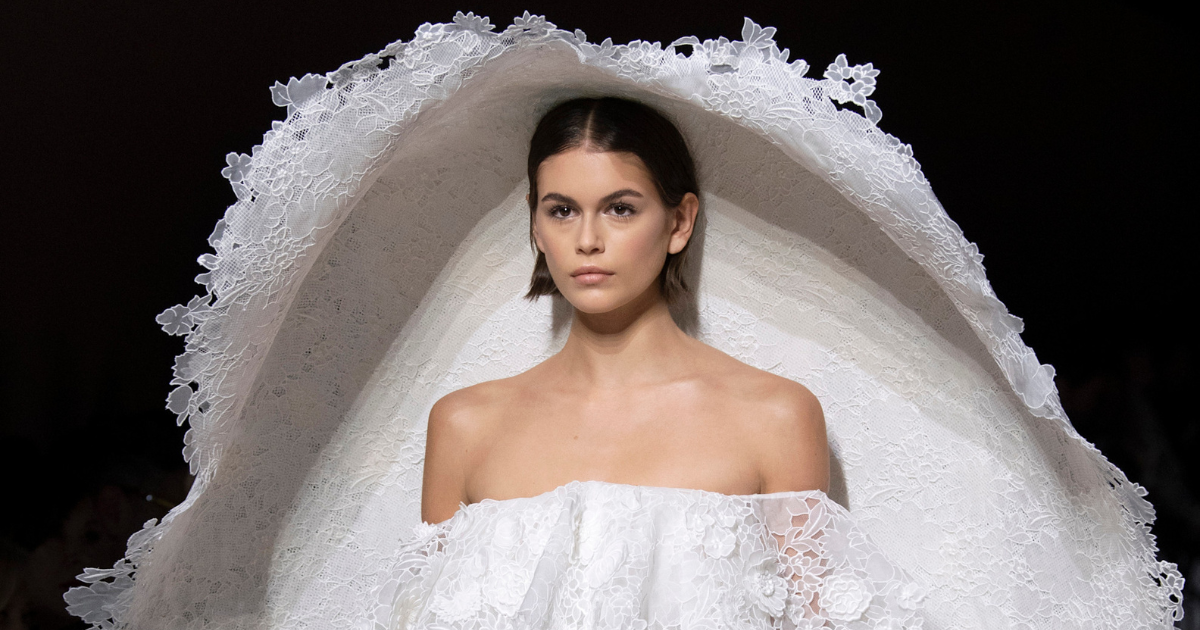
Hubert de Givenchy is synonymous with elegance, sophistication, and timeless chic. His creations embodied aristocratic restraint and impeccable style, while his talent and innovative approach to tailoring forever transformed the concept of Haute Couture.
Born on February 20, 1927, Hubert James Marcel Taffin de Givenchy grew up in an aristocratic family in Beauvais, northern France. His maternal grandfather was a renowned decorator and collector, instilling in Hubert a passion for art and refined beauty from an early age. After graduating from the École des Beaux-Arts in Paris, he began working at major fashion houses under the guidance of Jacques Fath, Robert Piguet, and Elsa Schiaparelli, helping him refine his craft and shape his unique vision of women's fashion.
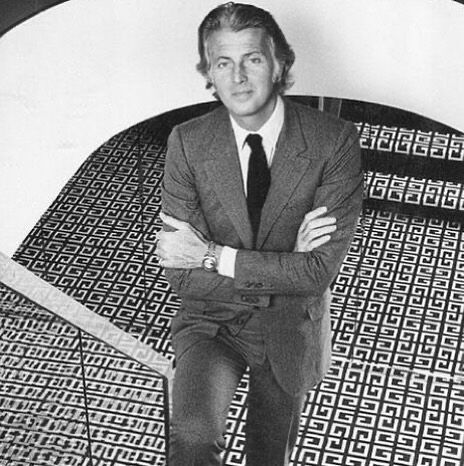
photo: instagram/@theladyofthegoldrings
At just 25, Hubert de Givenchy founded his own fashion house, and his debut collection caused a sensation in the fashion world. Models appeared in simple white blouses and ballet skirts, which stood in stark contrast to the voluminous and elaborate silhouettes of post-war fashion. Givenchy was the first to introduce "Séparables" (separable elements) – a concept that allowed different elements of an outfit to be mixed and matched, creating endless styling possibilities and revolutionizing Haute Couture on a global scale.
The fateful encounter between Hubert de Givenchy and Audrey Hepburn forever changed both fashion and cinema. Their bond was more than just that of a designer and his muse – it was a perfect harmony. The little black dress created by Givenchy became an icon of style, embodying Parisian refinement and an everlasting symbol of femininity. Givenchy designed Audrey’s most memorable looks for "Sabrina" (1954), "Breakfast at Tiffany’s" (1961), and "How to Steal a Million" (1966). He dressed her not only on the screen but also in real life, accentuating her delicate elegance, which resonated so deeply with his aesthetic.
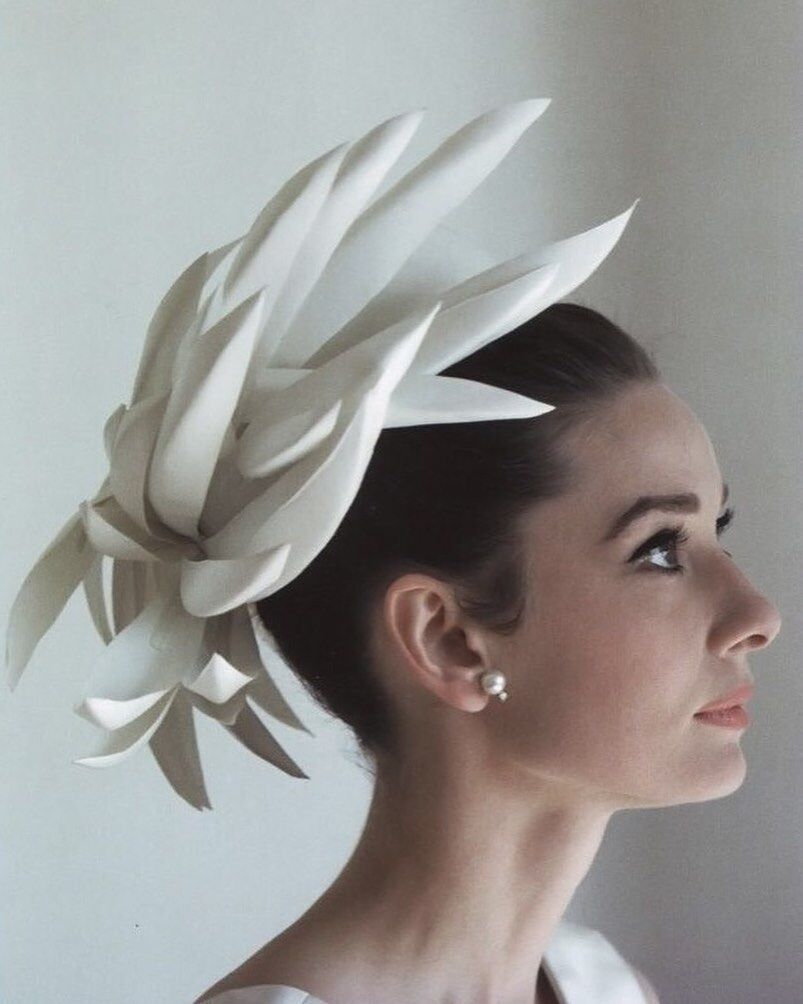
photo: instagram/@archivesdelamode
Givenchy was always one step ahead. He was among the first to blur the lines between Haute Couture and prêt-à-porter, opening the door to the world of ready-to-wear fashion. It was he who introduced the legendary sack dress, a revolutionary design that paved the way for decades of fashion experiments. He was an innovator, yet he always remained true to his core philosophy, that clothing should be an extension of one’s personality, not a disguise.
Hubert de Givenchy gambled on clean lines, simplicity, freedom of movement, and luxurious fabrics. His style can be described as "elegance without excess." He replaced rigid corsets with straight silhouettes, introduced column dresses that highlighted natural beauty, designed capes and dramatic collars that added theatricality to an outfit. A-line dresses and cocktail gowns with crisp lines became his signature. Hubert was the first to use cotton for eveningwear, proving that luxury need not be heavy or overly embellished.
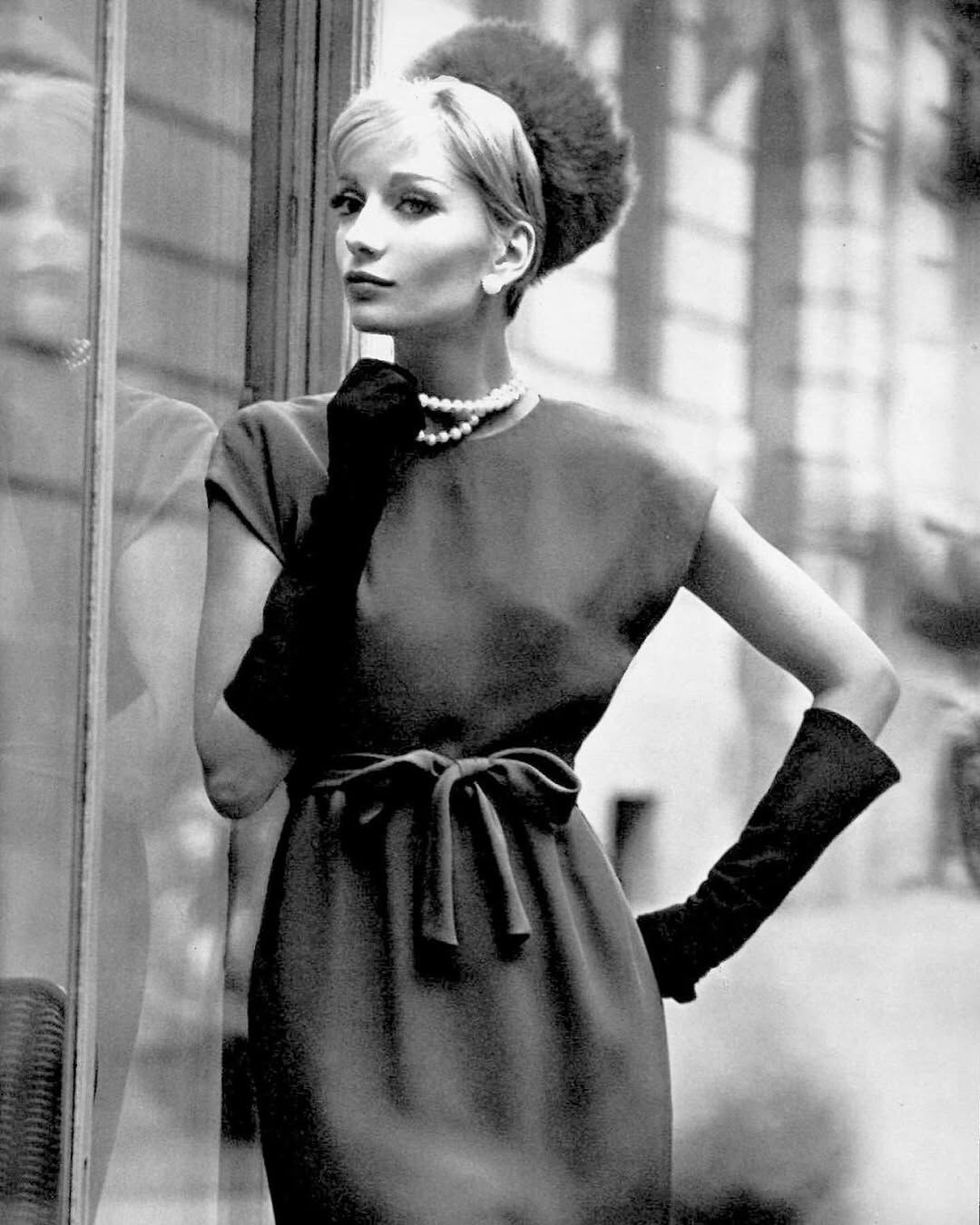
photo: instagram/@theladyofthegoldrings
In 1988, the House of Givenchy was acquired by LVMH, and in 1995, Hubert de Givenchy stepped down as creative director, passing the reins to John Galliano, followed by Alexander McQueen and Riccardo Tisci, each bringing their avant-garde vision to the brand’s DNA. However, Givenchy’s spirit, his understated elegance, and his love for true luxury remain at the heart of the fashion house to this day.
In his later years, Hubert de Givenchy lived at his countryside estate, indulging in his love for art, design, and gardening – remaining true to his aristocratic taste until the very end. He passed away on March 10, 2018, at the age of 91, leaving behind an immortal legacy. His name will forever be etched in fashion history as a symbol of impeccable taste, French chic, and timeless elegance.


